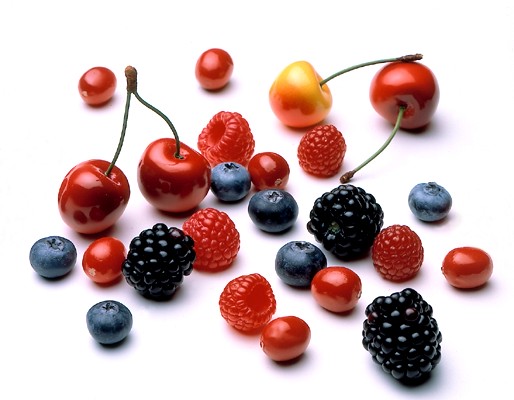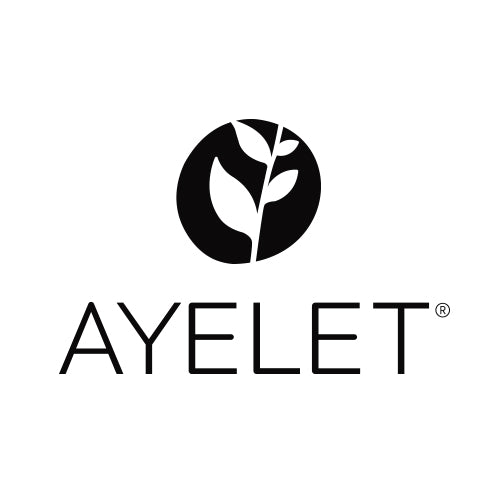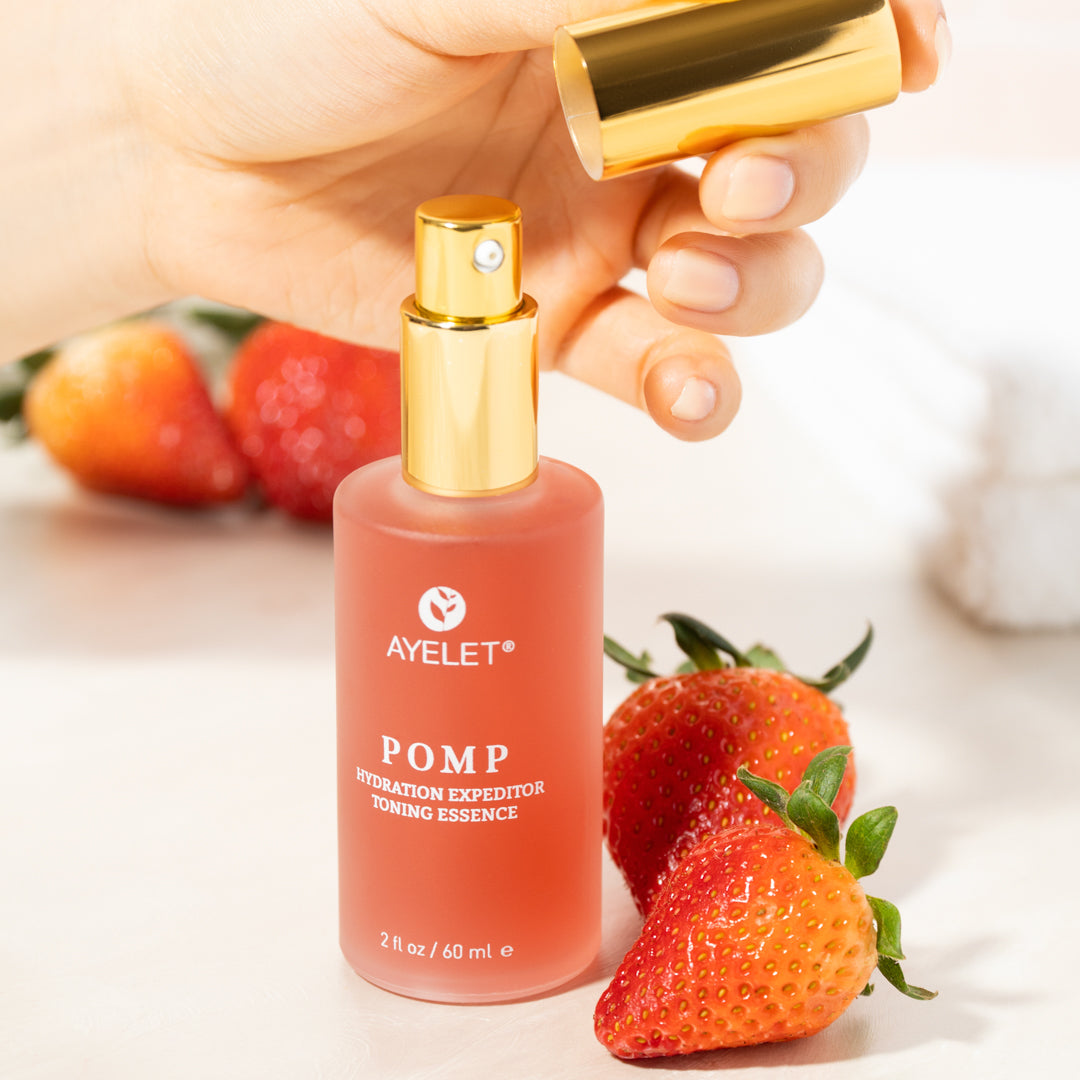
What is Rosacea?
Many of you have asked me regarding this and what is best for you to use, so let’s first understand what it is!
Rosacea is an inflammatory skin disorder that affects mostly women, and people between 30 and 60 years of age. Initially, it may appear as redness like sunburn on the face, but over time gets darker and may eventually develop bumps and pimples on the face and thickened skin.
Causes
There are no conclusive studies that can pinpoint exactly what causes rosacea. That is partly where there are not yet rosacea cures. Some possibilities that researchers think causes rosacea include:
• Excessively acidic diet
• An immune system disorder
• The Helicobacter pylori bacteria
• Stress
• Heredity
• A history of blistering sunburn
Symptoms Rosacea appears on the face as flushing that looks like sunburn. Later it may develop spider veins and more persistent redness. Some people with rosacea experience pink bumps or painful, pus-filled nodules on the face.
More severe forms of rosacea produce thickening of the skin and increased redness. Sometimes the nose becomes swollen. Some of the people with rosacea experience some irritation of the eyes.
Many people who have rosacea are not aware that they have it. All they know is that they have very sensitive skin which tends to break out into a rash.
Here are some tips to help you to minimize your rosacea outbreaks.
1. Stay out of the sun.
2. Do not clog your pores with astringents such as witch hazel, alum, camphor, menthol, alcohol, or very cold water. Also, avoid waterproof cosmetics that need to be removed with a solvent.
3. Avoid using skin care and personal care products that contain irritating ingredients.
4. Avoid heavy exercise and sweating. Instead, swim or exercise in a cool room. Warm-up slowly and drink plenty of water to cool the body so your race does not flush.
5. Do not scrub your face or use exfoliants. Pat dry.
6. Use cool water on your face several times a day or a natural face mist.
7. Do not smoke, which adds toxicity to the body and makes it more difficult for your skin to heal.
8. Get plenty of sleep to let your immune system function well. One of the best natural rosacea cures is to strengthen your entire body so it can heal itself more quickly.
9. Use clean facecloths and towels after each use.
10. If you need to cover the facial redness, use natural mineral makeup which does not clog pores.
Diet
Focusing on being healthier, in general, can actually help eliminate rosacea symptoms.
Eat a low acid, high alkaline which is rich in vegetables and low sugar fruits (eliminates refined and processed foods), can help your body to reduce inflammation which will then reduce your rosacea symptoms.
Fruits rich in Vitamin C and antioxidant Berries such as blueberries, cherries, blackberries are excellent; they help your body to constrict the blood vessels, which may help your skin redness.
Eat cooling foods rather than hot spicy foods. If you're eating cooked food, wait until it cools.
Natural Alternatives even though there are no proven rosacea cures yet available, there is plenty that you can do to manage the symptoms and keep your face healthy and free from redness, bumps, and skin irritation. Here are just a few suggestions for natural rosacea treatments that increase circulation to the skin and helps it to release toxins and impurities.
Use non-toxic skincare - many skincare products contain irritating ingredients that can trigger a rosacea outbreak.



